How the NHS can benefit from lower energy costs with heat recovery units
2022-09-07

The National Health Service is a long-standing institution that has been a valued part of UK society since the 1940s.
During this time, the NHS has faced its fair share of challenges. Even before the Covid pandemic, the health sector was navigating a maze of issues: from growing populations and ever-complex medical needs, to ageing buildings, tightening budgets, and new regulations.
Against the backdrop of the cost-of-living crisis, we take a fresh look at how the HVAC sector can provide solutions and support to help the NHS cope with rising energy bills in a sustainable and efficient way.
Spiralling costs

In 2020/21, it cost £10.2 billion to run the entire NHS estate, – a 4.8% annual rise, and according to research, £630 million was spent on gas and electricity.
Soaring energy costs and an increased focus on the environment mean that the pressure is on to avoid energy wastage and make buildings more efficient.
We all know that installing mechanical ventilation systems which are properly designed and maintained can play a huge role in optimising the energy infrastructure of any building, and NHS hospitals are no exception.
Doing so will significantly reduce operating costs while providing all the health benefits of vastly improved indoor air quality for occupants. In the case of the NHS – patients, visitors and staff.
But gas and electricity prices have more than doubled since the start of the year and are showing no signs of reversing.
Heat recovery units to the rescue
Here’s the good news – there are solutions available which are very much achievable.
Take heat recovery units for example. Our RHE series benefits from energy efficiency of up to 88% using thermal wheel heat recovery technology. In other words, as the existing stale air leaves the building, up to 88% of its heat is retained, which is then used to heat up the fresh air being pumped into the building.
This is especially beneficial during the colder winter months.
And in addition to seeing a strong return of investment in energy bills within a short space of time, the NHS is also taking a credible step to lowering its carbon footprint.
It’s also worth noting that, according to the Carbon Trust , heat recovery systems which operate at even 70% efficiency can reduce heating bills for typical offices by up to 38%.
Case study: NHS 24, Dundee - RHE Series

When NHS 24 in Scotland – the equivalent of NHS 111 in England – was looking into ventilation systems for its new Call Centre at Caledonian House in Dundee, S&P UK was appointed to supply two high-efficient heat recovery units: the RHE 3500 and RHE 2500 . Both units were flat-packed delivered to help with assembly and installation.
Funded by the Scottish Government, NHS 24 took up over 10,000 sq ft at the site. The building had also benefitted from a significant three-year refurbishment after being acquired by Shelborn Investments in 2018.
“We are keen to minimise our carbon footprint, so the inclusion of energy-efficient heating was a priority for us in our Dundee centre,” commented NHS 24’s Head of Estates and Facilities, Lynne Kane.
This approach is to be applauded and should act as a successful template for the UK health sector to adopt. Heat recovery systems are eco-friendly and energy-efficient, so investing in them will support NHS strategies that are aimed at lowering energy bills to help maximise resources and budgets for individual Trusts.
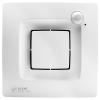 Bathroom Extract Fans
Bathroom Extract Fans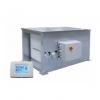 Air Handling Units
Air Handling Units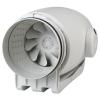 In-line Duct Fans
In-line Duct Fans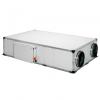 Heat Recovery Units
Heat Recovery Units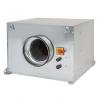 Acoustic Cabinet Fans
Acoustic Cabinet Fans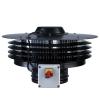 Roof mounted fans
Roof mounted fans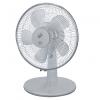 Comfort Cooling Range
Comfort Cooling Range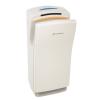 Hand and Hair Dryers
Hand and Hair Dryers 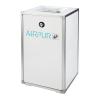 Air Purifiers
Air Purifiers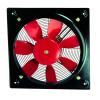 Plate Mounted Axial Flow
Plate Mounted Axial Flow 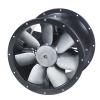 Cylindrical Cased Axial Flow Fans
Cylindrical Cased Axial Flow Fans 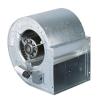 Centrifugal Direct Drive Fan
Centrifugal Direct Drive Fan 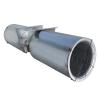 Parking Ventilation
Parking Ventilation 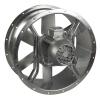 Smoke Extract Fans
Smoke Extract Fans 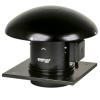 Atex Fans for Explosive Hazardous
Atex Fans for Explosive Hazardous  Heating Industrial Range
Heating Industrial Range 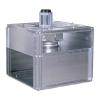 In-line Duct Fans
In-line Duct Fans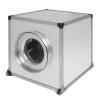 Acoustic Cabinet Fans
Acoustic Cabinet Fans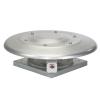 Roof mounted fans
Roof mounted fans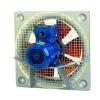 Atex Fans for Explosive Hazardous
Atex Fans for Explosive Hazardous 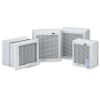 Wall or Window Extract Fans
Wall or Window Extract Fans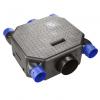 Whole house Extract Units
Whole house Extract Units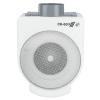 Kitchen Extract Fans
Kitchen Extract Fans 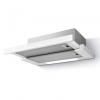 Kitchen Extract Hoods
Kitchen Extract Hoods 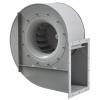 Backward curved centrifugal fans
Backward curved centrifugal fans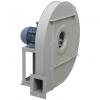 High pressure centrifugal fans with backward curved impeller
High pressure centrifugal fans with backward curved impeller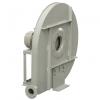 High pressure centrifugal fans with forward curved impeller
High pressure centrifugal fans with forward curved impeller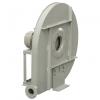 Centrifugal fans with forward curved impeller
Centrifugal fans with forward curved impeller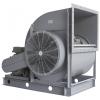 Double inlet centrifugal fans
Double inlet centrifugal fans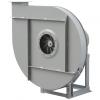 Radial Centrifugal fans for transportation of materials
Radial Centrifugal fans for transportation of materials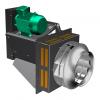 Centrifugal fans for furnace applications
Centrifugal fans for furnace applications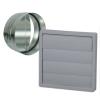 Mounting Accesories
Mounting Accesories  Electrical Accessories
Electrical Accessories

